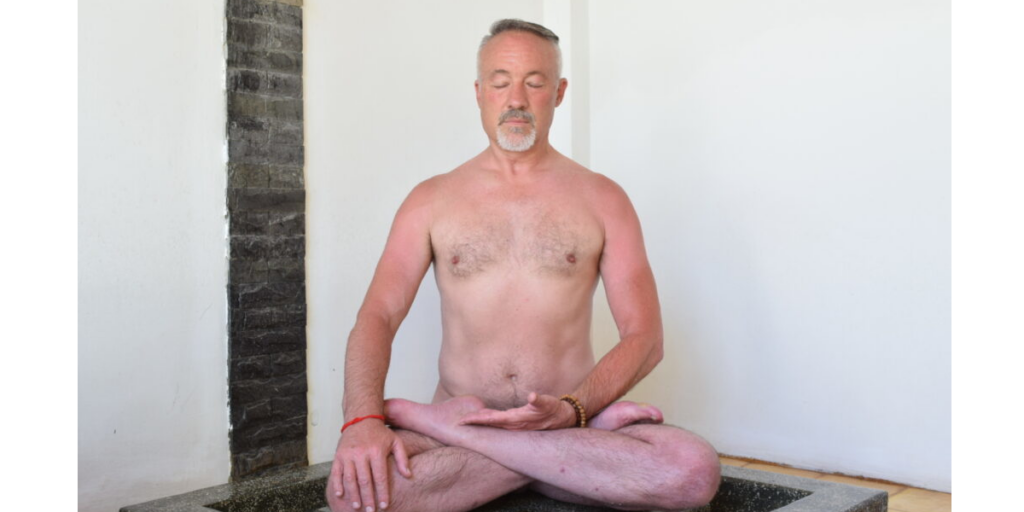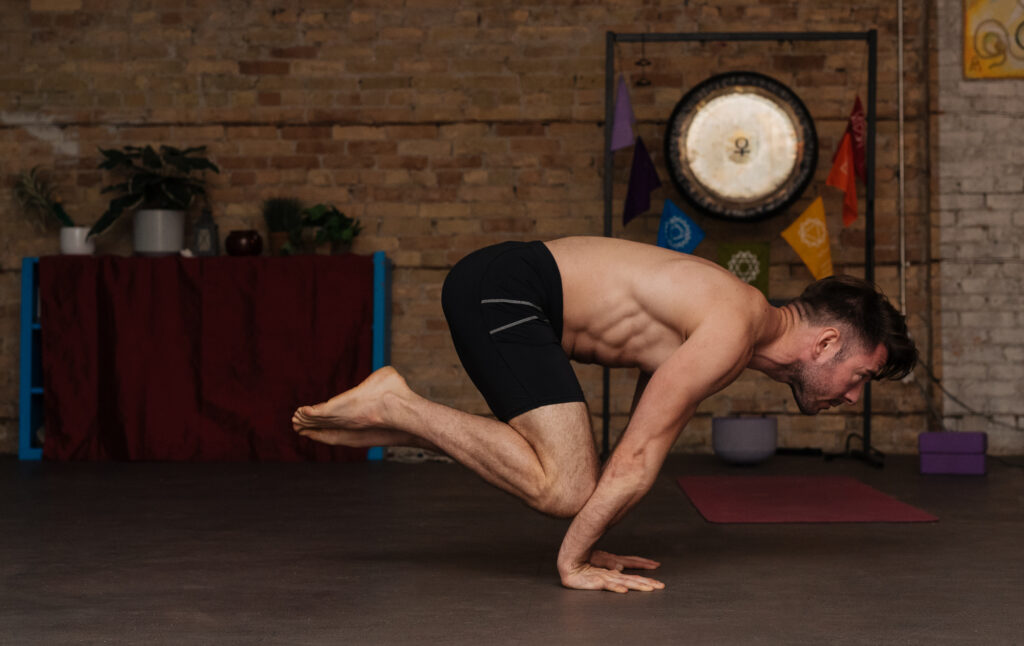Sequencing of the physical asana postures

I am fascinated by yoga sequencing for physical postures. Ever since my early days practicing, I have been studying, observing, reading, and writing (personally) about it. I have learnt that there are a variety of different ways to sequence a class, that is dependent on several factors. That some sequences are better than otters. That much of what we practice now focuses more so on physical fitness, flexibility and mobility and relaxes the focus on bandhas, mudras and retention in pranayama (although the latter three seem to be making a bit of a come back, particularly the third). That there are many paths to yoga, so if one decides the contemporary practices as being too western or too much focused on the body and performance, I would kindly ask that there review their criticisms and see if they can understand the overall greater benefit to the individual practicing and the community at large. And, as may be taken from above, that there should be a degree of respect and acknowledgment of the traditional practices that may provide additional vital actions that are lacking in the current day classes.
Please note, the following is focused on physical postures of the contemporary style, rather than on traditional practices.
Beginning
My first yoga class ever was a Bikram hot yoga class. However, it was not until a few years later after practicing at Yoga in Vancouver that I became interested in the sequencing. At that studio, there was a variety of classes, with a variety of teachers, so I had the pleasure of experiencing many teaching styles in combination with types of classes (e.g.: hot, power, flow, etc.). One style that I learnt there in studio, and subsequently practiced in private lessons with one of my favorite instructors, was Vinyasa. This is an Iyengar offshoot and has had a great impact on my style of instruction.
Hatha and Vinyasa
Back to sequencing. Basically there are two types of classes: posture, then rest, or flowing, by linking the postures together. Now, posture and rest in stillness classes have become known as Hatha classes, to differentiate it from Vinyasa or flow classes (more on the term Vinyasa in a moment). Stillness, it should be noted, refers to standing, lying on the stomach or lying on the back. Recently, I read that then Gosh yoga lineage traditionally recommend laying down after each posture. As for the term Hatha, I would not recommend not using that term to refer to posture and rest classes as such, because Hatha is a very specific name for a process of asana, bandhas and mudras (amongst other actions). I understand that Hatha may be an entrenched term, but that can always change.
As for the term vinyasa, it is used synonymously with the idea of a flow class, that is, a class of postures linked together meaning that there will not be rests in between postures, except for the occasional down dog, child’s pose, or possibly savasana in the middle of class. The varying levels of degree in difficulty for the class would determine such aspects. I have been told, though, Vinyasa refers to the linking postures within the sun salutation (low push up, up dog, down dog). These linking postures are often used in between other postures. This is most explicit in Ashtanga. However, I have just recently read, that vinyasa may also refer to a series of postures without a flow to them. Meaning that a series of lotus postures: spider, lion, peacock, would be considered a vinyasa because they are done in sequence without rest and if not in ashtanga stream, without the three linking postures mentioned above in between them. Another example, may be the Shoulder stand, plow, deadman sequence, wherein the vinyasa would include X number of poses, with one pose being the main point (perhaps one could think of this as the peak pose). If one observes Bikram’s 84 asana series, you will see then, that he has several vinyasa broken up by savasana. But the point may be missing in that a vinyasa may be a series of warm up postures, modifications and variations for one set posture rather than a group of postures that are similar, and may have added benefit to be placed together, yet not necessarily needed to be, as say for a posture in a vinyasa. An example of this would be: shoulder opener, hamstring stretch, abdominal work, forearm presses, and then forearm stand.
Contemporary Classes
As for sequencing in contemporary classes most follow this method: warm up, core of class, cool down. Postures often proceed in this manner: Standing to floor, or possibly, some floor postures, put before standing, then back down to floor. Occasionally there is a movement from standing to floor a few times during class. Postures may be grouped together in types, standing as mentioned, or a lotus series. Or grouped together in specific anatomical functions, such as twists. Or a build up to a peak pose, like that was mentioned in the previous paragraph. Another way to group postures is in a manner to create a specific physiological response, such as is done in Kundalini. Of course, there is the posture/ rat method already detailed, with one vital aspect to note- specifically found in the Bikram sequence, is the spinal flexion.
In the basic Bikram sequence of twenty-six postures, leaving out the two breathing sequences, you can see there is a consistent manner of placing postures in order of opposing spinal positions for much of the sequence: back bend to forward fold; head to knee to bow to stick; reclined to half tortoise to camel to rabbit. It should also be noted the other aspects of physical body positions complimentary to to forward and backward spinal flexion such as: lateral side bends, the consecutive series of back strengtheners targeting the whole spine, and the stretching series, along with the twist. I would argue that the sequence of postures provided by Bikram in both the 26v and 84 series is one of the best I have come across. Although, many of these postures can be replaced by others, put in other orders, and be done in a more flow like format. For one example, I will use the Vinyasa method for the trikonasa series: straight leg triangle pose, to one legged half moon, airplane, revolved straight leg triangle, pyramid, standing splits. I add dancer/ standing bow to the end of this sequence. But as you can see, although it is not a forward/backward spinal flexion, it has great benefit to work on hip rotation (and of course balance).
There is much more to be said about sequencing. The main types of postures that should be used. The purpose of the sequence. The inclusion of mudras, bandhas, pranayama. I shall leave all this for another day.




